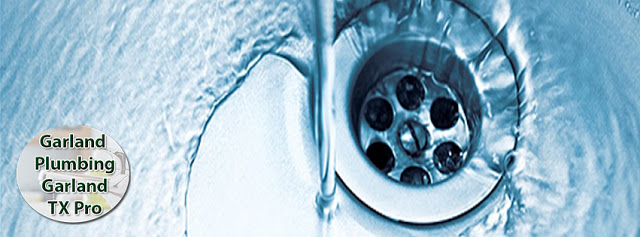How To Clean A Bathroom Sink Drain

1 - Remove debris from the drain weekly. To prevent buildups, remove any pop-up stoppers or drain guards on your sink and discard the debris that they’ve collected. Rinse them before replacing them.
- Most bathroom sinks feature an adjustable metal stopper than can be used to plug the sink. These can be removed by pulling them out of the drain.
- If your sink stopper is used by pushing and pulling a rod behind the faucet or is otherwise attached, remove the nut on the back of the drain pipe, pull out the retaining rod, then remove the stopper.
2 - Use a non-corrosive drain cleaner when necessary. Your bathroom sink collects bacteria that can contribute to unwanted scents and deposits within the drain. To kill this bacteria, use a biodegradable, non-corrosive pipe-cleaner once a month. Hydrogen peroxide is a great option that can be poured directly down the drain.
- Note that many well-advertised drain cleaners are full of chemicals that pose a risk to both your health and your pipes.
- Follow the directions on any natural, store-bought cleaning products.
- Bleach and antibacterial products are not recommended. They are unnecessary and can potentially damage plumbing systems. This is especially important if you have a septic tank.
3 - Clean your drain monthly with household products. Instead of a packaged drain cleaner, use salt, baking soda, vinegar, and/or lemon juice to deodorize and clean your sink. Mix whichever of these you have on hand into about a cup of solution and pour it into the drain. Let it sit for an hour before flushing hot water down the drain.
Call Us Now: 469-256-8718
plumbers_near_me Emergency_plumbing Plumbing_contractors drain_cleaner drainage_pipe drain_snake plumbing_tools emergency_plumber plumber Plumbing_Garland_TX Drain_Cleaning_Garland_TX
Location Services :
- Richardson (Plumbing Richardson TX Pro )
- lewisville (Plumber Lewisville Texas)
- Irving (Plumbing Irving TX )
- Dallas (Best Plumbing Dallas TX)
- Grand Prairie (Plumbing Grand Prairie TX Pro )
- Grapevine (Plumbing Grapevine TX Pro)
- Plano (Plumbing Plano TX Pro )
- Mesquite (Plumbing mesquite TX Pro )
- Carrollton (Plumbing Carrollton TX )
- McKinney (Plumbing Mckinney TX Pro )
- Arlington (Plumber Arlington )
- Fort Worth (Plumbing Fort Worth TX Pro )


